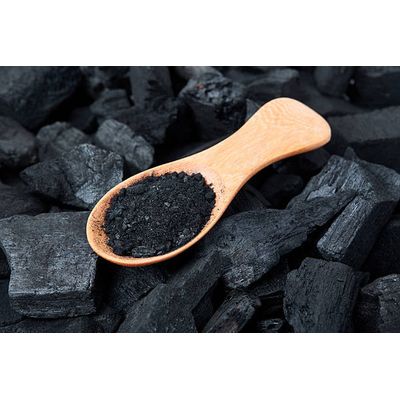

- Home
- Companies
- Beston Group Co., Ltd.
- Articles
- Working Mechanism of your Charcoal ...

Working Mechanism of your Charcoal Manufacturing Machine
The latest charcoal making machines feature carbonization technology that converts biomass waste materials, municipal solid waste, and sewage sludge into charcoal. This particular charcoal can successfully replace coal utilized in power generation, thus reducing the world’s carbon footprint significantly.
Most modern charcoal making machines work towards the key of high-temperature pyrolysis. This procedure forces the raw materials to create various reactions within the carbonizing furnace. The reactions cause producing new energy later make chunks of charcoal. A few of the machines with advanced technology find their way into coconut shell charcoal making plants and rice husk charcoal making plants.
Modern charcoal manufacturing machines tend to be more eco-friendly compared to the traditional carbonization process. They achieve higher efficiency, top quality, and better output than their traditional counterparts.
Charcoal carbonization process
Making carbon from waste materials is no joke. Here’s the step-by-step method that may amaze you the way modern technology may help in cutting the world’s overall carbon footprint:
1. Some of the raw materials utilized in a charcoal manufacturing machine are biomass waste, coconut shell, wood, straw, rice husk, sawdust, palm shell, and peanut shell.
2. The carbonization equipment necessitates that the raw materials’ moisture must be below 20%. However, the actual size of the raw materials needs to be a minimum of 30 mm. Otherwise, the equipment can’t process the raw materials properly. Usually, carbon manufacturers install a pretreatment device that segregates several types of raw materials, making it simpler for your carbonization equipment to combine the types of materials easily.
3. The raw materials enter into the carbonization furnace after preprocessing. Next, the equipment works with a few traditional fuels, for example, natural gas, wood, or coal to heat the furnace for about a half-hour. The carbonization furnace starts generating combustible gas when the furnace reaches its desired temperature. Usually, it requires 15 to 20 minutes for that furnace to process the raw materials at a temperature between 650 and 780o C.
4. Discharging the recent coal soon after processing is dangerous. Manufacturers utilize air conditioning to significantly decrease the charcoal’s temperature to 30o C. Hot charcoal can cause life-threatening accidents when it comes in touch with oxygen. That’s why charcoal making machines feature air conditioning to prevent the perils of fire inside the plant. A few of the advanced machines have a full-sealed chamber, thus making this process safer: https://bestonasia.com/charcoal-production-machine/.
5. The combustible gas inside the carbonization process experiences a purification stage where a spray dusting system removes sulfur components from using it. These sulfur components later enter the heating furnace to produce charcoal. Therefore, there is absolutely no waste left from the waste matter that you dedicated to the carbonization chamber in the first step.
6. Aside from the sulfur components, the condenser system also liquefies combustible gas into wood vinegar and tar.
With the number of benefits, it is easy to realize why there is a worldwide demand for a charcoal manufacturing machine. They have the possibility to minimize pollution to make the planet a greener spot for everyone.
